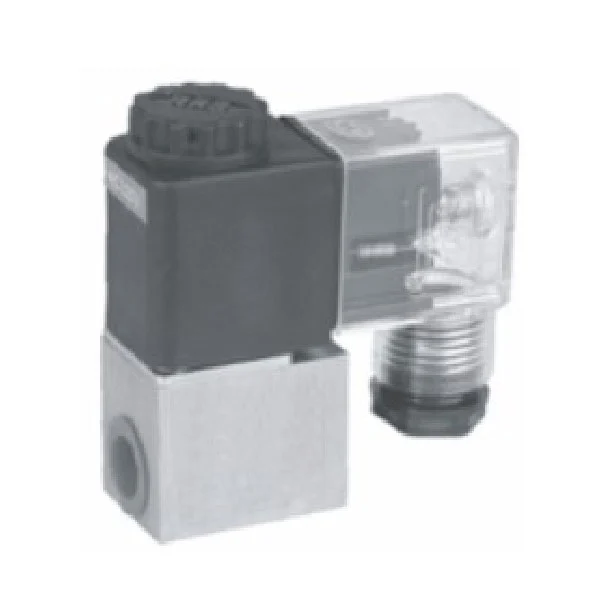Understanding Electromagnetic Valves: How They Work and Their Applications
2024-12-16
Electromagnetic valves, also known as solenoid valves, are essential components in fluid control systems across a variety of industries. They use an electromagnetic coil to control the opening and closing of the valve, regulating the flow of liquids and gases. These valves offer high precision, fast response times, and reliability, making them invaluable for applications requiring automated control. This article delves into the working principles, benefits, and key applications of electromagnetic valves.
What Is an Electromagnetic Valve?
An electromagnetic valve consists of a solenoid (electromagnetic coil), a plunger, and a valve body. When electrical current passes through the solenoid, it creates a magnetic field that moves the plunger. This movement opens or closes the valve, allowing or stopping the flow of the controlled fluid. The valve can operate in various configurations, such as normally open (NO), normally closed (NC), or double-acting valves.
Key Features of Electromagnetic Valves
1. Fast Response:
- Electromagnetic valves open or close very quickly, allowing precise control over the fluid flow.
2. Compact and Efficient Design:
- The solenoid mechanism makes the valves compact, ideal for systems with limited space.
3. Easy Automation:
- These valves can be integrated into automated systems for precise control without manual intervention.
4. Versatile:
- Available in various materials and configurations, electromagnetic valves can handle a wide range of fluids and gases.
5. Low Power Consumption:
- With low energy requirements, electromagnetic valves are energy-efficient.
Advantages of Electromagnetic Valves
1. Precise Control:
- Electromagnetic valves provide accurate control over flow rates and pressure, ensuring optimal system performance.
2. Fast Actuation:
- The ability to open or close within milliseconds makes these valves ideal for applications requiring high-speed actuation.
3. Reliability:
- With no mechanical parts in direct contact with the fluid, electromagnetic valves have minimal wear and tear, leading to longer service life.
4. Low Maintenance:
- These valves require minimal upkeep as they do not have seals or moving parts exposed to fluids.
5. Easy Integration:
- Electromagnetic valves are simple to integrate into control circuits for automated processes, reducing the need for manual operation.
Applications of Electromagnetic Valves
1. Industrial Automation:
- Used in automated systems for controlling fluids and gases in processes like assembly lines, packaging, and fluid dispensing.
2. HVAC Systems:
- Solenoid valves are commonly used in heating, ventilation, and air conditioning systems to control the flow of refrigerants and air.
3. Medical Equipment:
- Electromagnetic valves are used in medical devices like dialysis machines and ventilators for fluid and gas regulation.
4. Water Treatment:
- Used in water filtration and treatment systems to control the flow of water or chemicals during the purification process.
5. Automotive Industry:
- Electromagnetic valves are integral in controlling fuel flow, air conditioning, and brake systems in modern vehicles.
Types of Electromagnetic Valves
1. Normally Open (NO):
- These valves remain open when not energized and close when electrical current is applied.
2. Normally Closed (NC):
- The default state of these valves is closed, and they open when energized.
3. Double-Acting:
- These valves allow for two-way control and are used in more complex systems that require more than one flow direction.
Maintenance and Troubleshooting
While electromagnetic valves are known for their low maintenance, proper care is necessary to ensure they remain operational for years.
1. Regular Inspection:
- Periodically check the valve for signs of corrosion, wear, or leakage.
2. Cleaning:
- Remove any debris or buildup inside the valve that could obstruct the solenoid or plunger movement.
3. Check Electrical Connections:
- Ensure that the electrical connections are secure and free from damage.
4. Proper Voltage:
- Ensure that the voltage applied to the solenoid coil is within the manufacturer’s specified range.
Electromagnetic valves are indispensable components in modern fluid control systems, offering precise, fast, and reliable operation. Their versatility and efficiency make them ideal for a wide range of applications, from industrial automation to medical devices. By understanding their key features and maintenance requirements, you can ensure optimal performance and longevity of these essential valves.



